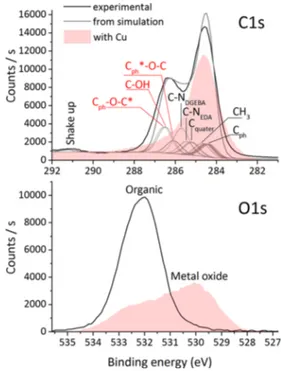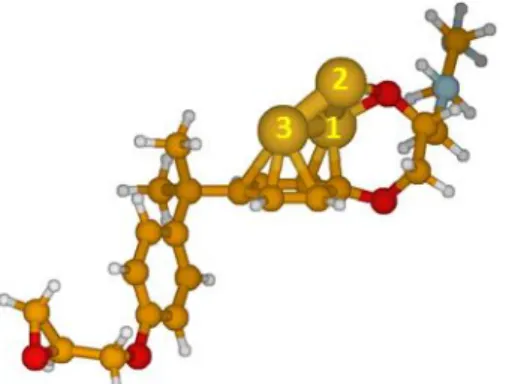DFT Simulation of XPS Reveals Cu/Epoxy Polymer Interfacial Bonding
Texte intégral
Figure




Documents relatifs
Using this information we numerically optimized current waveforms for mean torque maximization using both wye-connected leads and independent phase control, and
The deontic modality of obligation goes back to a bi-clausal construction that brings into play the expression of identity via the copula or the verb ak ‘become, be’, and
We observed in our data, as noted by other researchers [Shriberg et al., 1992], that users experienced more recognition errors on corrections that other
Tc interaction with crystalline rock from Äspö (Sweden): Effect of in-situ rock redox capacity Florian Mathias Huber, Yury Totskiy, Remi Marsac, Dieter Schild, Ivan Pidchenko,
Comparison of Cu Auger electron transitions between the superconductor YBa2Cu3O7-x and the oxides of..
XPS study of the chemisorption induced surface segregation in LaNi5 and
the surface tungsten atoms results from the indirect interaction mediated by the subsurface (2nd layer) atoms.. T’he explanation of the latter effect is based on the
Alors sans faire de bruits , je fis signe à Jack de me suivre en se taisant puis fit un regard bref à la vitre et je vis un chat avec une cagoule et un fusil de la taille


